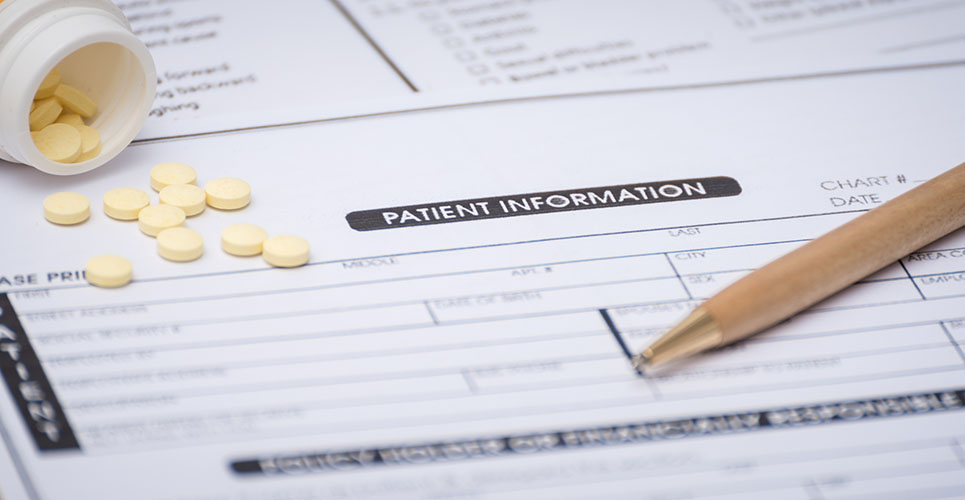teaser
Wasted medicines are something that no health system can afford and new technology could offer safer, better systems to improve the use of medicines and minimise wastage
Christine Clark PhD FRPharmS FCPP(Hon)
Editor, HPE
The Department of Health in England recently published a report detailing the high level of wastage of medicines in the National Health Service and recommending measures to reduce such waste. One of the recommendations was that there should be good systems in place for collecting, sorting and re-using returned medicines. However, if the level of wastage (in this case, returned medicines) is so high then surely there needs to be a critical examination of the system that generates so much waste in the first place. It could be that a system that produces less waste might represent an even better use of resources.
How is it that a commodity as valuable as medicines comes to be wasted? Medicines are returned to the hospital pharmacy for a number of reasons – patients’ own medicines can be sent to the pharmacy for destruction, although, increasingly, they are reused while the patient is in hospital. Medicines are also returned when the patients moves to another ward or department, and the medicines are not sent with the patient, but redispensed for the new ward. However, the largest category of returned medicines is probably those that are returned when a prescription has been dispensed and the clinical needs have changed. The vast majority of these are solid oral doses – tablets and capsules. High levels of returns are an inevitable feature of so-called ‘dispensing for discharge’ schemes, in which a supply of medicines sufficient to cover the inpatient stay and the discharge requirements is dispensed.
The report requires hospitals to provide a regular update on returned medicines and undertake snapshot audits. It also promotes ‘initiatives that result in the better supply and use of medicines and reduced medicines waste throughout the patient’s hospital journey’. Nowhere does it explicitly recommend a critical appraisal of the supply system to determine whether it is fit for purpose. It is hard to escape the conclusion that this is an opportunity missed.
One system that surely deserves an honest appraisal is unit dose distribution. For many years it was dismissed as being too labour-intensive. However, electronic prescribing and automated pharmacy dispensing systems are changing the picture. It is now possible to issue a 24-hour supply of medicines packed as unit doses. Such packs can hold all the required critical information. This makes sense in medical wards, where treatment can be adjusted on a daily basis. If treatment changes, then the most that can be returned is a few doses and not several days’ supply. Moreover, the fact that each dose can be positively identified, usually by means of a barcode, makes re-use quicker, safer and simpler than with other systems.
Unit dose systems have been introduced throughout mainland Europe over the past decade and EAHP has called upon the pharmaceutical industry to produce single dose-packed drugs with a barcode on each dose.
Imaginative use of electronics and computing is changing the face of much of hospital pharmacy – as was clearly demonstrated at a recent conference in Northern Ireland (see report, Pharmaceutical Clinical Effectiveness, HPE 67). Hospital pharmacists must take full advantage of this revolution to re-examine drug distribution processes to determine whether they are genuinely fit for purpose. When they are found wanting, then processes should be re-engineered using the full capabilities of modern electronic systems.

